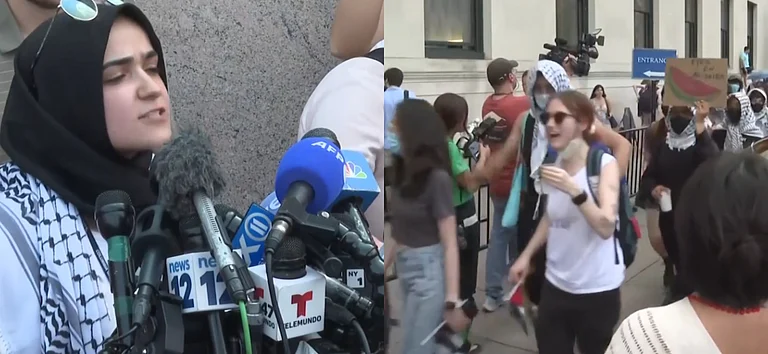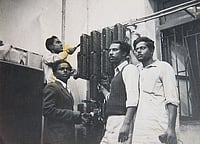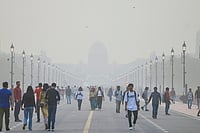Police removed approximately 30 to 40 people from inside Columbia University's Hamilton Hall late Tuesday after pro-Palestinian protesters occupied the administration building earlier in the day.
After the school's president declared that safety and order on campus could only be assured with police assistance, NYPD officers intervened. The occupied building extended the protesters' presence beyond an encampment elsewhere on the Ivy League school's grounds.
Police presence will be maintained until May 17, till the end of the university's commencement events. With commencement ceremonies approaching, administrators are under increased pressure to disperse protesters as demonstrations sparked by Columbia's protests earlier this month have spread across the country from California to Massachusetts.
This police action coincided with the 56th anniversary of a similar intervention to disband a student occupation of Hamilton Hall, which was then a protest against racism and the Vietnam War in 1968.


































